UWB
Latest
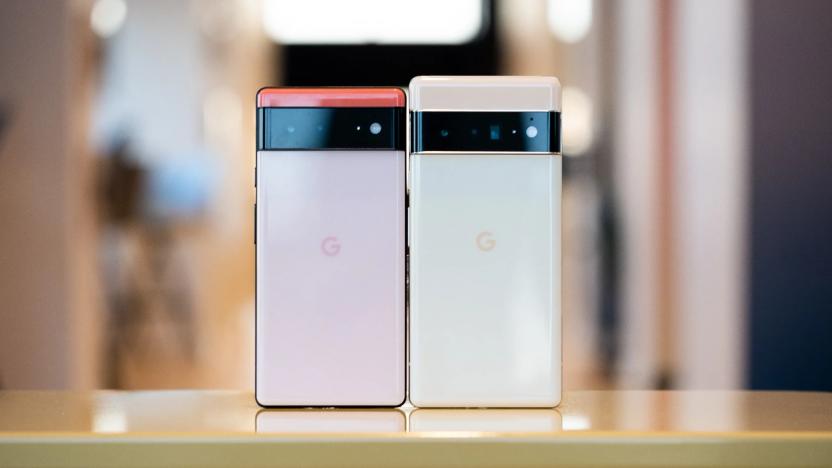
Google Pixel update delivers time-saving improvements on new and older models
Google has rolled out a number of updates that will help owners of both older Pixel and the latest Pixel 6 devices.
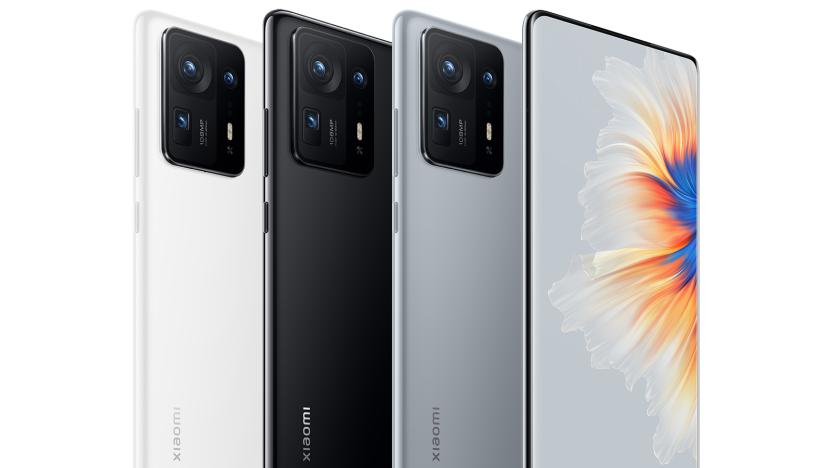
Xiaomi's Mi Mix 4 packs an under-screen camera in a ceramic body
The Mi Mix 4 is Xiaomi's slimmest ceramic unibody smartphone yet, featuring a 20-megapixel under-screen camera, thanks to advancements in AMOLED production.
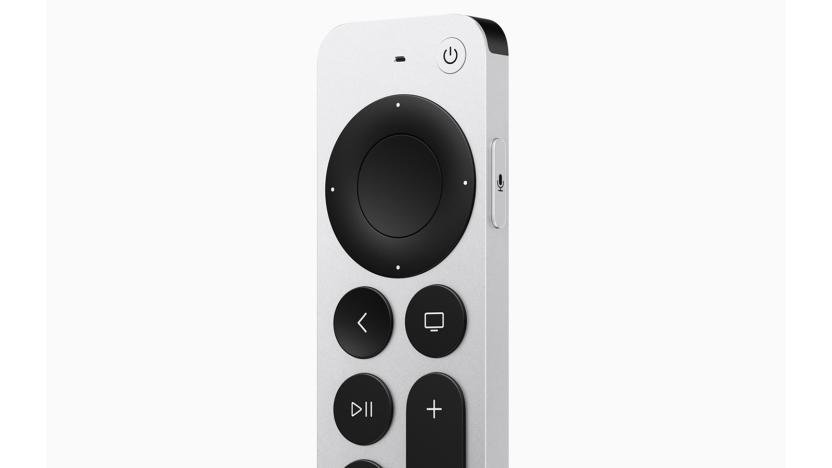
Here's why the new Apple TV remote doesn't have AirTag-style tracking
Apple says its latest TV remote doesn't have much need for AirTag-style tracking because it stays at home and is less likely to fall between seat cushions.
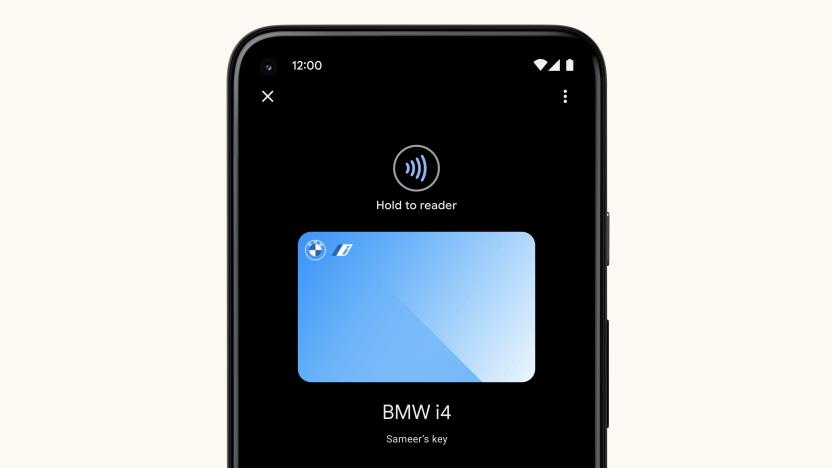
Android 12 is getting a digital car key feature
Last year, Apple announced CarKey, a way to unlock your car with your iPhone. Today, Google is following suit — the company just announced that Android 12 will include digital car key technology that lets you lock, unlock and start your car.
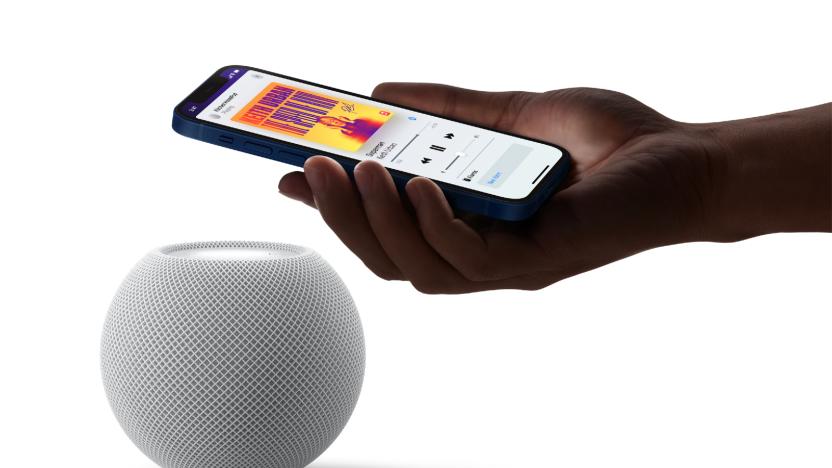
HomePod mini update adds UWB-enhanced handoff features
The new feature builds on the handoff functionality that’s already available on the company’s smart speakers.
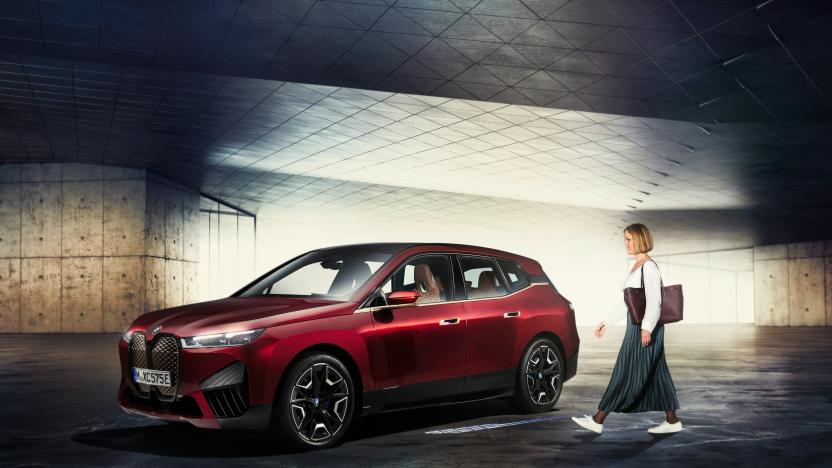
BMW drivers will be able to unlock cars without touching their iPhone
The automaker is upgrading the BMW Digital Key with ultra-wideband tech.
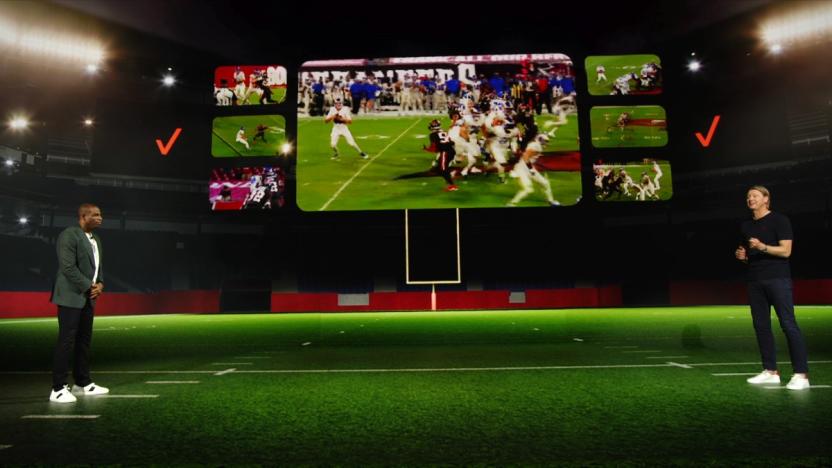
Verizon CEO pitches 5G as a 'platform' for services like drone delivery
Verizon's higher-speed 5G UWB connection is coming to more NFL stadiums and Live Nation venues.
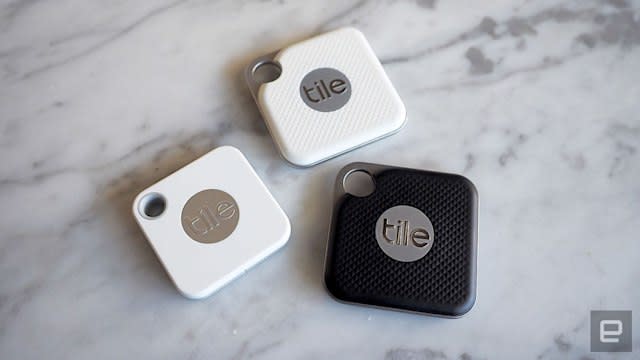
Tile's next-gen tracker could use ultra-wideband tech
Tile is reportedly developing a tracker that will use ultra-wideband (UWB) tech, instead of Bluetooth, to help you find lost items.
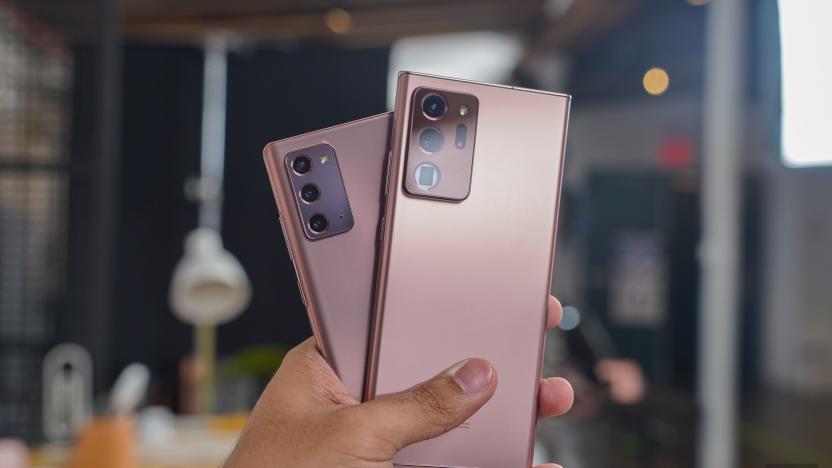
Here's everything Samsung announced at its Unpacked 2020 event
Here are all of the highlights from today's Samsung Unpacked event.
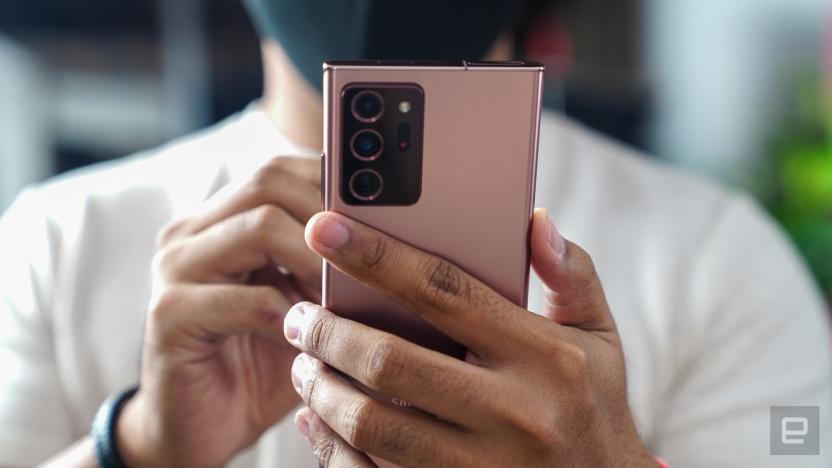
Samsung's UWB tech will let you use a Galaxy Note 20 Ultra as a digital key
As rumored, the flagship Galaxy Note 20 Ultra is Samsung’s first phone with newfangled ultra wideband (UWB) technology first seen on Apple’s iPhone 11. Samsung calls it Nearby Share, and it lets you point your Galaxy Note 20 Ultra at another Note 20 Ultra or future Samsung UWB device. It’ll then list all of those other devices or people at the top of a sharing panel.

The base Galaxy S20 for Verizon won't arrive until the spring
The 'entry' Galaxy S20 doesn't have support for millimeter wave 5G, and it's now clear that will be a pain for some would-be early adopters. Verizon (Engadget's parent company) quietly mentioned in its press release for Samsung's phones that the base S20 won't be available until the second quarter of the year, when a model with support for Verizon's Ultra Wideband network will arrive. Verizon didn't have more to add in a response to Engadget (we've asked Samsung for comment), but the frequency support appears to be the only major functional difference. It'll still start at the $1,000 mark like at other carriers.
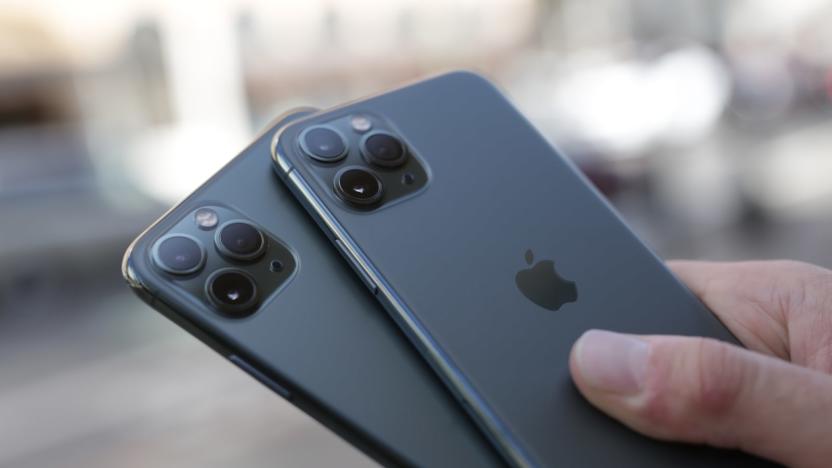
Apple explains why the iPhone 11 is always checking your location
Security researcher Brian Krebs recently raised eyebrows when he discovered that the iPhone 11 Pro (and by extension, the iPhone 11) is constantly checking for your location, even if you've disabled Location Services. Is Apple tracking your every move? Not really, it turns out. The company told TechCrunch in a statement that its newer iPhones need to perform location checks to legally use their ultra wideband chips. "International regulatory requirements" force Apple to turn off UWB in certain places, a spokesperson said, and the location checks are necessary to do that while making the technology available most of the time.
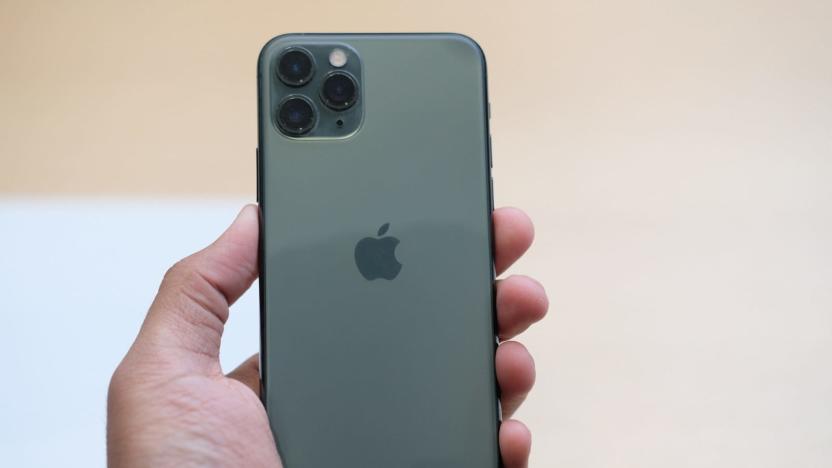
iPhone 11's ultra-wideband chip helps you AirDrop with the right person
Apple introduced the iPhone 11 and iPhone 11 Pro with nary a mention of its rumored tracking tags, but the underlying technology appears to be present and accounted for. True to earlier reports, all iPhone 11 models include an ultra-wideband chip, the U1, that should eventually have a variety of uses for highly precise location finding. Apple's product pages mention one feature that will be available very shortly, on September 30th: point your device toward someone else with a U1-equipped iPhone and AirDrop will prioritize them to share files faster. This won't make a night-and-day difference, but it could be helpful if you're trying to swap photos with a gaggle of iPhone-toting friends.

Apple’s tracking tags will reportedly use ultra-wideband for precision
While we've known for a while now that Apple is working on a Tile-like tracking device, what hasn't been clear is how the company plans to differentiate the product beyond its usual ecosystem tie-ins. Analyst Ming-Chi Kuo has a solid track record on rumors, and claims the answer is a technology called ultra-wideband (UWB) that will allow the tags to perform better than currently-available competition. With the help of Bluetooth LE, current tags can help a person pinpoint the location of an item to an area of about 16 feet. With UWB, by contrast, that area is narrowed down to less than a third thanks to the fact the technology allows two compatible devices to precisely calculate the time it takes for a signal to travel between them.
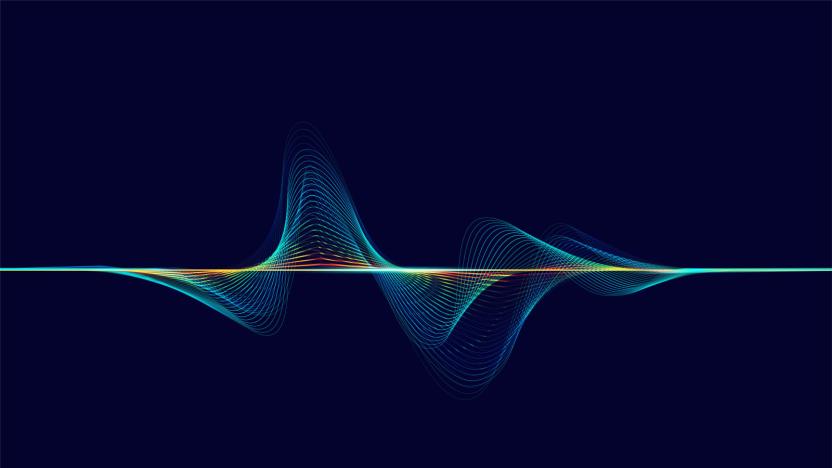
Sony and Samsung resurrect ultra-wideband to improve location tracking
When it comes to short range wireless technology, there are certainly a couple of stand-outs. WiFi and Bluetooth, for example, are an integral part of everyday life. Others have come and gone, with some serving niche purposes or fading into oblivion entirely. Now, one that got a lot of hype in the 2000s but didn't quite have a breakthrough moment -- ultra-wideband (UWB) -- is having a resurgence thanks to a consortium of major names hoping to give it a new lease of life.

Seed-sized A*STAR antenna could open the door to 20Gbps wireless
Antennas have often capped the potential speed of a wireless link -- the 450Mbps in modern 802.11n WiFi routers is directly linked to the use of a MIMO antenna array to catch signals more effectively, for example. That ceiling is about to get much higher, if A*STAR has anything to say about it. The use of a polymer filling for the gaps instead of air lets the Singapore agency create a 3D, cavity-backed silicon antenna that measures just 0.06 by 0.04 inches, roughly the size of a seed on your hamburger bun, even as it increases the breakneck pace. The new antenna generates a signal 30 times stronger than on-chip rivals at an ultrawideband-grade 135GHz, and musters a theoretical peak speed of 20Gbps -- enough that 802.11ac WiFi's 1.3Gbps drags its heels by comparison. Before we get ahead of ourselves on expecting instant file transfers at short distances, there's the small matter of getting a chip that can use all that bandwidth. Even the 7Gbps of WiGig wouldn't saturate the antenna, after all. Still, knowing that A*STAR sees "immense commercial potential" in its tiny device hints that wireless data might eventually blow past faster wired standards like Thunderbolt.

Nintendo: two Wii U Gamepads will work on one system (update 2: but at a cost - and now with video)
Nintendo broke a few hearts when it initially said the Wii U would only support one of its unique Gamepads. Much to our delight, the company just said in its live keynote that the final console will support two. As such, it'll be possible to have truly equal two-player games instead of relegating a friend to the old-fashioned Wii remote and Nunchuk. Of course, how much that extra Gamepad will cost we have yet to know -- along with whether or not it'll be possible to have strictly Gamepad-to-Gamepad titles that skip the TV entirely. We expect to find out soon. Update: In a follow-up, Nintendo Japan has posted on Twitter that there's a price to pay if two Gamepads are active. Frame rates drop to about 30 fps if two are active; any games that really want that extra controller won't be quite as glass-smooth. On the upside, it's possible to switch one off with a smooth transition; there won't be a need for theatrics just to switch to a solo game. Update 2: Nintendo has put out a video tour of the Gamepad that you can check out after the break.

Ultrawideband tech could connect your body to doctors, bring Tricorders to the mainstream
The academic paper 'Experimental Characterization of a UWB Channel for Body Area Networks' won't reshape your mental state, but that's because academic papers are rarely titled 'OMG. Tricorders!'. A team of scientists at Oregon State University have examined ultrawideband tech to see if it's capable of transmitting the enormous load of data required to monitor a human body. Imagine it; your heart rate is monitored on your watch, smart bandages examine your blood insulin levels and feedback-pants measure your muscle responses, all viewed online by a doctor. Sadly you can't rush to your nearest hospital and demand to be wired with some X Prize - winning kit -- there's a couple of hurdles to overcome before you can more efficiently post your bodily functions to Twitter. Transmission had to be line-of-sight and the energy needs are too vast for a handheld device. Still, given how sophisticated the network technology will be when it's perfected, don't be surprised if civilization grinds to a halt when Quake is ported to your temporal lobe.

Spectec CameraJet system promises to bring UWB connectivity to your camera
Not satisfied with an Eye-Fi card to add some wireless connectivity to your digital camera? Then it looks like you'll soon have another option courtesy of Alereon and Spectec -- they've just announced their Spectec CameraJet system, which consists of a Wi-Jet SD card and Wi-Jet USB dongle that combine to deliver a "faster than wire" Ultra Wideband (or UWB) connection suitable for both transferring files or streaming video. Unfortunately, there's no indication of pricing or an exact release date just yet, but Alereon and Spectec say the system is expected to go into production in February. Full press release is after the break.

Samsung's new Wireless USB chipset enables HD streaming with less power
It's a beautiful combination, really -- lower power consumption, and support for high bandwidth applications. That marriage is evident in Samsung's newest Wireless USB chipset, which was built around Ultra Wide Band (UWB) technology and designed to enable high-def streaming between a mobile host device and a tethered device for viewing. According to Sammy, the two-chip solution will be aimed at cameras, camcorders, TVs, PCs, tablets, beam projectors, portable HDDs, Blu-ray players and handsets, and given that it can handle a theoretical high of 480Mbps with an average power consumption of less than 300mW, even the weakest smartphone battery should be able to stream at least a single episode of Family Guy to the tele. Mum's the word on who all will be lining up to adopt this stuff, but since it's slated to hit mass production in Q4, we'd say those details should be worked out right around CES 2011.











